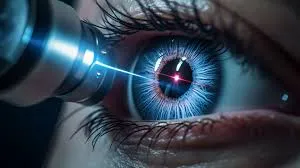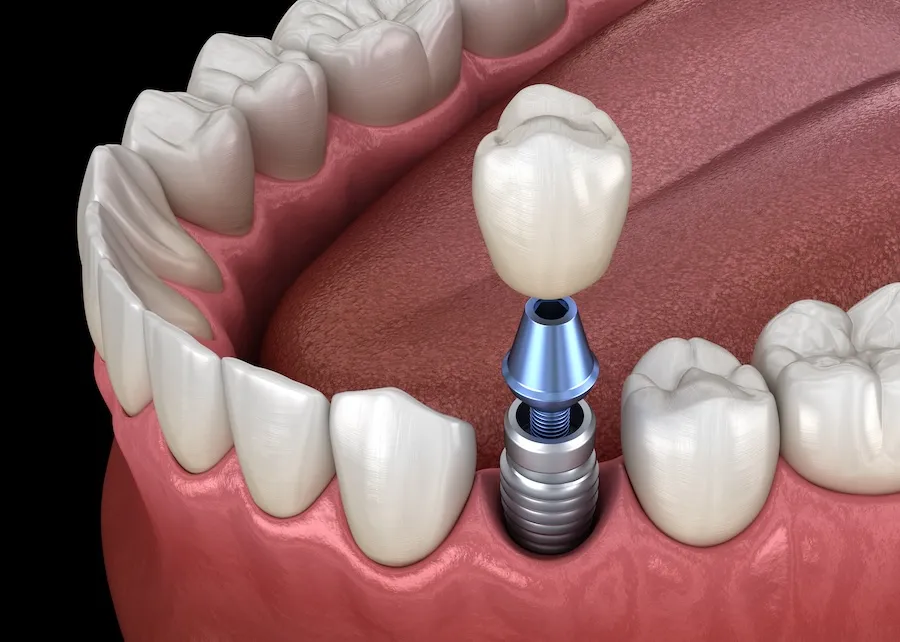Exploring the Benefits and Risks of LASIK Eye Surgery
LASIK is a common laser surgery used to correct vision problems such as nearsightedness, farsightedness, and astigmatism. The procedure involves reshaping the cornea to improve how light is focused on the retina. While LASIK surgery may be known for its potential to reduce dependence on corrective eyewear, it is good to understand both its advantages and potential risks.
Advantages of LASIK Eye Surgery
One of the key draws of LASIK surgery is its potential to provide long-term vision correction for individuals. Many patients report noticeable improvements in their vision within a few days after the procedure. For those who find wearing glasses or contact lenses inconvenient, LASIK offers an alternative to these traditional corrective measures.
Another benefit lies in the relatively fast recovery period. Most patients can resume normal activities within a day or two, although complete healing may take several weeks. The surgical process itself is brief, typically lasting less than 30 minutes. Certain aspects of the procedure may also appeal to individuals who dislike invasive surgeries. LASIK relies on laser technology to reshape the corneal tissue, eliminating the need for stitches or bandages. LASIK may reduce some long-term expenses associated with glasses or contact lenses as well. While the upfront cost of surgery can be significant, individuals may find they spend less on optical aids over time.
Risks and Potential Complications of LASIK Eye Surgery
Despite its benefits, LASIK surgery can come with some risks:
- Dry Eye Syndrome: This condition can occur when the eyes fail to produce enough tears, resulting in discomfort and blurred vision.
- Visual Disturbances: Patients may notice glare, halos around lights, or difficulty with night vision.
- Undercorrection or Overcorrection: This occurs when the laser removes too little or too much corneal tissue. In some instances, additional corrective procedures may be required.
- Flap-related Issues: LASIK involves creating a corneal flap that is lifted and then replaced after the underlying tissue is reshaped. Problems can arise if the flap fails to heal properly or becomes dislodged during recovery.
Certain conditions, such as thin corneas or severe dry eyes, can increase the likelihood of complications and affect the success of the procedure.
Factors to Discuss with Your Specialist
If you are considering LASIK, having a consultation with an ophthalmologist or LASIK specialist is a good first step. Evaluating your eye health, age, vision prescription, and lifestyle needs are all part of determining whether the surgery is appropriate for your circumstances. A thorough consultation will also allow you to discuss any pre-existing conditions and set realistic expectations for the outcome. During this discussion, it can also be helpful to explore alternative treatments for vision correction. You might discuss whether corrective lenses, photorefractive keratectomy (PRK), or other options are better suited for your needs.
Make an Informed Decision
While LASIK surgery has helped many individuals achieve clear vision without relying on glasses or contacts, the procedure carries both benefits and risks. A comprehensive understanding of these factors is key to making an informed decision. If you are considering LASIK and want to explore whether it aligns with your personal goals and eye health, schedule a consultation with a qualified specialist today.











Post Comment